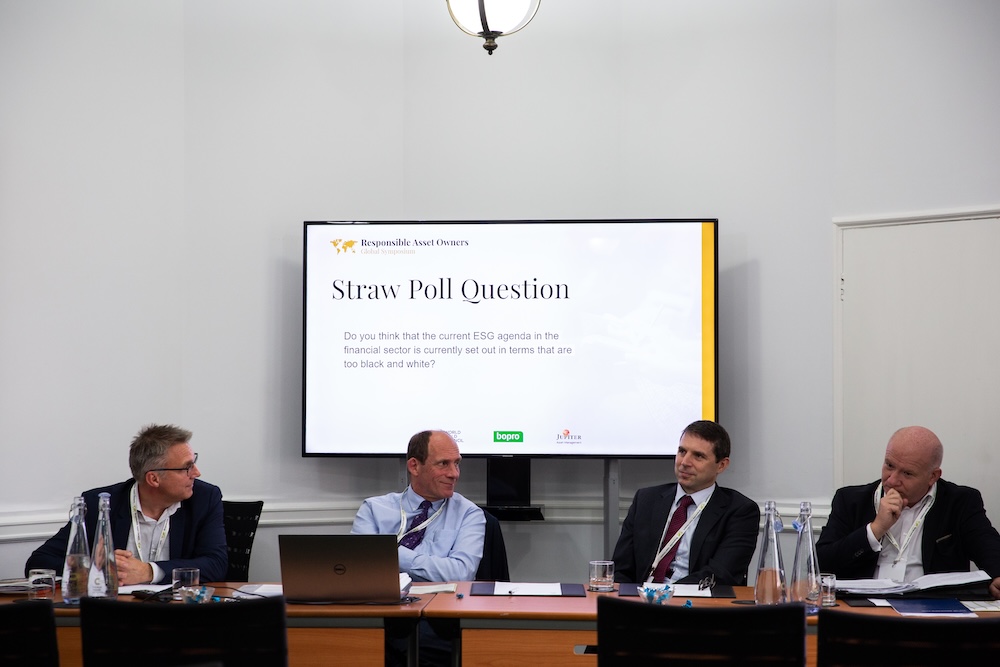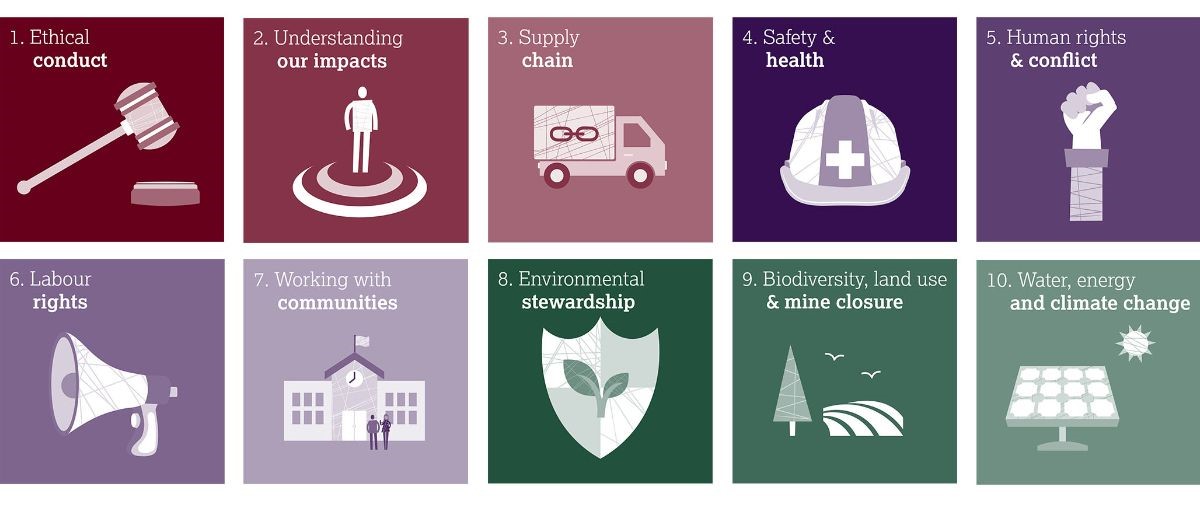Last week, I was delighted to be asked to speak at the inaugural Responsible Asset Owners Global Symposium in London. More and more investors are – quite rightly – thinking about how to incorporate environmental, social and governance (ESG) factors into their investment choices. But there is still a lot of uncertainty about what this means, and in particular, what framework investors should use to assess ESG performance. This is creating confusion not only amongst investors, but also for consumers, businesses and regulators.
Takeaways from the Responsible Asset Owners Global Symposium
18 October, 2019
Investors and their advisors obviously play an important role in setting the frameworks that assess ESG performance. But the general consensus from the symposium is that many of these frameworks are “immature”. In particular, there is concern from companies that the agencies who provide ratings based on ESG performance operate in what sometimes appears to be a “black box”. Indeed, the same company can be rated very differently on its ESG performance by competing agencies; and it is often unclear why this is the case. We are still far from this process operating as effectively as we are used to with, for example, credit risk, where the rating agencies and their methodologies are well recognised and almost universally accepted.
Furthermore, some investors have taken the decision to simply divest or exclude entire industries. Research from the 2018 Global Sustainable Investment Review, produced by the Global Sustainable Investment Alliance, shows that this category of ESG investing has more assets under management than any other. Yet this can be a very blunt tool; based on – often wrong – perceptions and not as impactful as more enlightened approaches.
A particular theme that emerged during the symposium is the need for investors to be more directly engaged; and for companies and industries to play a greater role in helping investors understand what are the material ESG risks for their sector. Ideally, companies across an industry should work collaboratively to set an “industry standard” that guides investors on what they should be looking for; and forms the basis for meaningful engagement on ESG performance. This forces a focus on materiality, critically important, when investors are already over-loaded with different data points.
I’m proud that the gold mining industry has been at the forefront of this approach. The Responsible Gold Mining Principles (or RGMPs), launched last month, is a credible, widely-recognised framework through which gold mining companies have set out what they believe are the material ESG factors. Companies operating in conformance with the RGMPs can provide confidence to their investors – and stakeholders more broadly – that they are effectively managing their ESG risks. Implementing companies are required to seek external assurance on their performance, a vital means of providing independent validation, and preventing the risk of “greenwash” (which was another common discussion topic at the Symposium). As well as being a mechanism to assess performance, the RGMPs also put forward a comprehensive framework which can be used as the basis for meaningful engagement with investors and other stakeholders.
Non-financial reporting is still evolving; and we have a long way to go until we have better mechanisms to support investors make informed choices around ESG factors. But given the growing interest from the investor community, and the response from some industries – notably the gold mining industry – to support more meaningful engagement, we should be optimistic that capital will increasingly be allocated to those companies that both manage their ESG risks as well as contribute to sustainable development.


